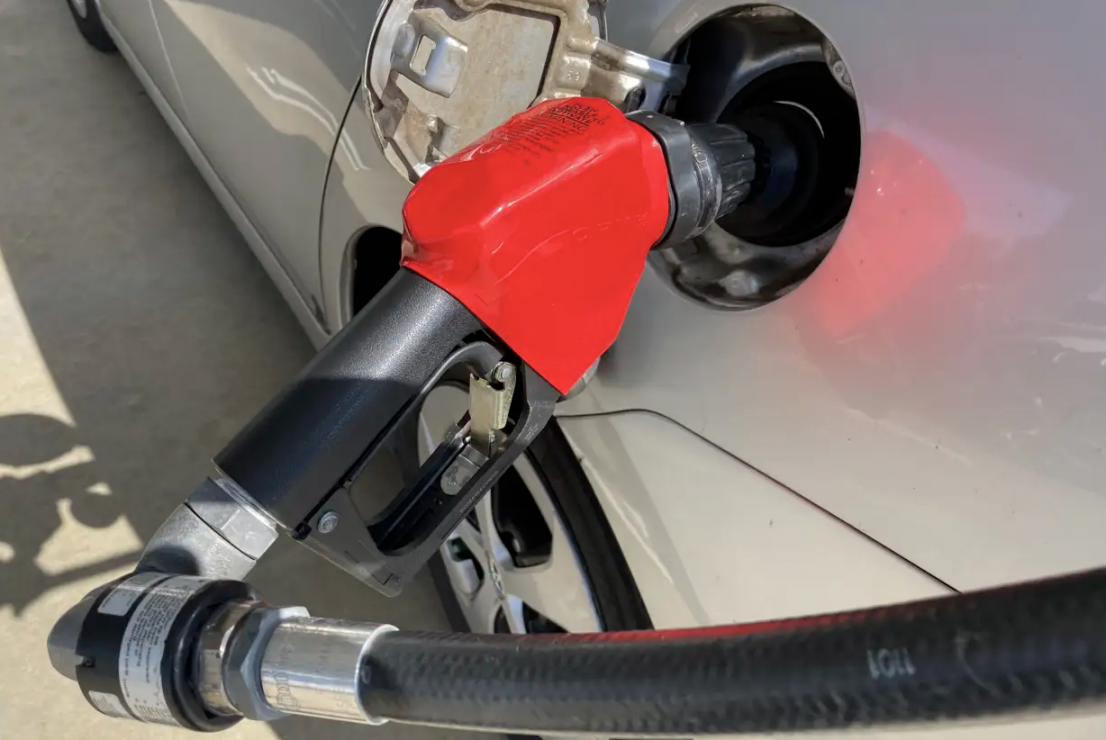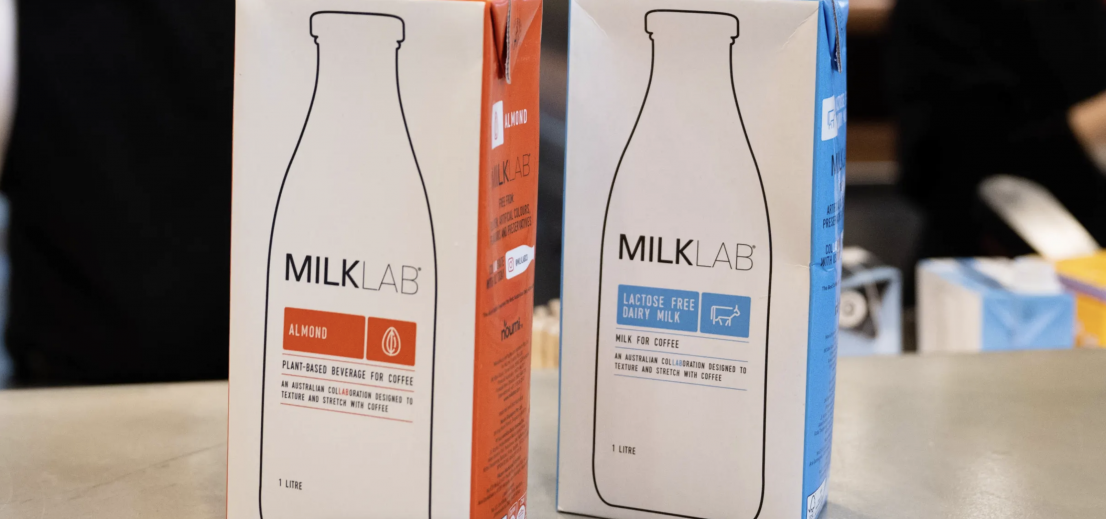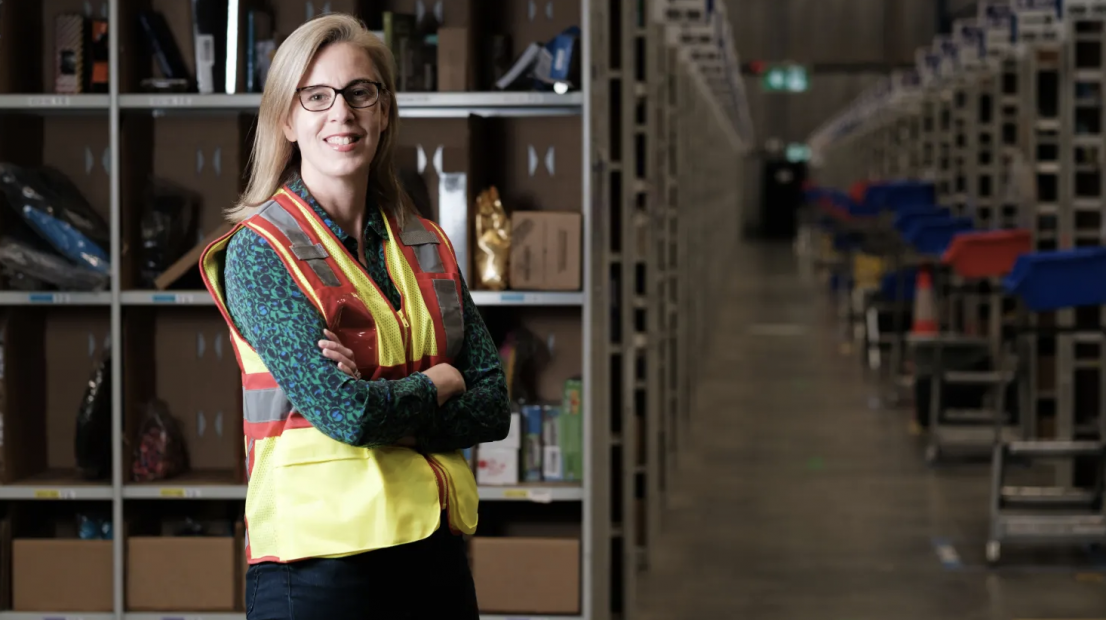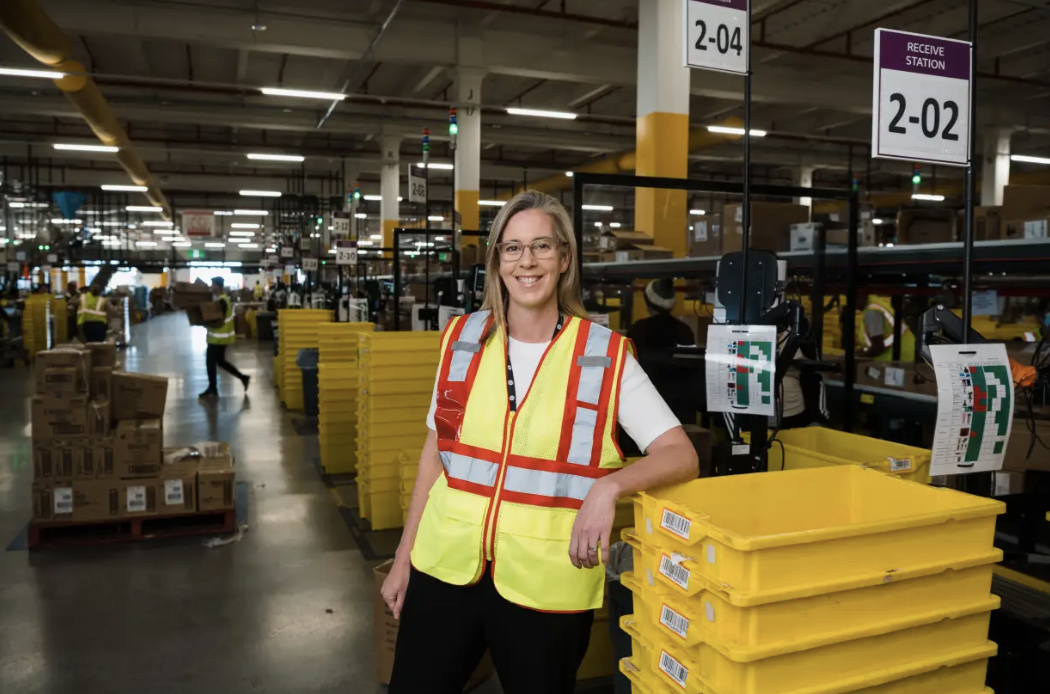
Australia’s largest retail landlord is adding basketball courts, community centres, libraries and swim schools to its tenant mix as it dives deeper into an experience-based shopping trend that drove $12 billion in half-year sales across its malls.
Scentre Group, which owns and manages dozens of Westfield branded shopping centres, has upgraded its full-year guidance per security to 19 cents after experiencing a strong rebound in revenue, occupancy and rent collection.
Scentre’s incoming chief executive, Elliott Rusanow, estimates the group’s malls, like those in Sydney’s Chatswood and Melbourne’s Doncaster, are in proximity to 20 million people in Australia and New Zealand, about 10 million of whom visit once a week.
“We’ve grown customer visitation, portfolio occupancy, rental income and cash collection resulting in strong profit growth for the half,” said chief executive Peter Allen, who will step down from running the group in October.
Operating profit for the six months to June was up 17.5 per cent to $540.5 million, compared with the previous corresponding half-year, and about $12 billion in sales flowed through retailers at its 42 Westfield malls, half a billion more than it reported for the same period in 2019 before the pandemic.
Jarden analyst Lou Pirenc labelled the landlord’s first half result as “well ahead of expectations”, noting that the group is still trading at a 25 per cent discount.
“I don’t think it’s revenge spending because, if it was, it would have been all out there and then slowed down.”
Scentre’s outgoing chief executive Peter Allen
“We believe more evidence of a recovery in rents and superior funds from operations growth to most REITs, should drive a re-rating,” Pirenc said.
Occupancy was up to 98.8 per cent, average rents increased by $5 per square metre, gross rent collection was $1.25 billion, and 585 new merchants were signed up across its centres, with 108 of those new to the portfolio, during the half year.Allen said the uplift in sales across most categories was not a consumer-driven “revenge spending” spree following the end of lockdowns and successive waves of virus variants, but rather a sustained shift in spending despite the threat of inflation and interest rate rises.
“I don’t think it’s revenge spending because, if it was, it would have been all out there and then slowed down. We haven’t seen that. We’re seeing it grow. Our three months sales growth is stronger than our six months sales growth,” he said.
When Scentre Group was first spun out of billionaire Frank Lowy’s Westfield empire eight years ago leaving it all the Australian assets, roughly 10 per cent of stores in its centres were experience-based, focused mainly around restaurants and casual dining.
“Today, 43 per cent of our 12,000 stores are experience-based,” Allen said. Now they extend beyond food to categories such as wellness, health, beauty and sports.
In a bid to consolidate Westfield’s standing as “town centres” and prime locations to visit - where customers are entertained, socialise and shop - the landlord is adding attractions such as basketball courts on the roof of its Chatswood centre, and swim schools at Westfield Warringah and its revamped Knox mall, which is also gaining basketball courts, a community centre and public library.
“Those types of interactions are really creating the destination,” Allen said.
Scentre recently opened a $55 million rooftop entertainment, leisure and dining precinct at its Westfield Mt Druitt mall, which it said increased customer visitations and dwell time.
Scentre shares were up 2.52 per cent in early afternoon trade to $2.85.


















